(Gerry Furth-Sides) My birthday last month was the second time I was treated to Sharlotka baked by @tableconversation, and the home grown apples and loquats in it got my attention. The attraction from the beginning was the light-as-chiffon stone fruit cake texture. And as it turned out, the cake alone has a surprisingly, royal and complex history! Elegance is simplicity, and the Sharlotka, long one of the most popular Eastern European kitchen mainstays, is making its way into western kitchens because of its streamlined five-ingredients and easy directions.
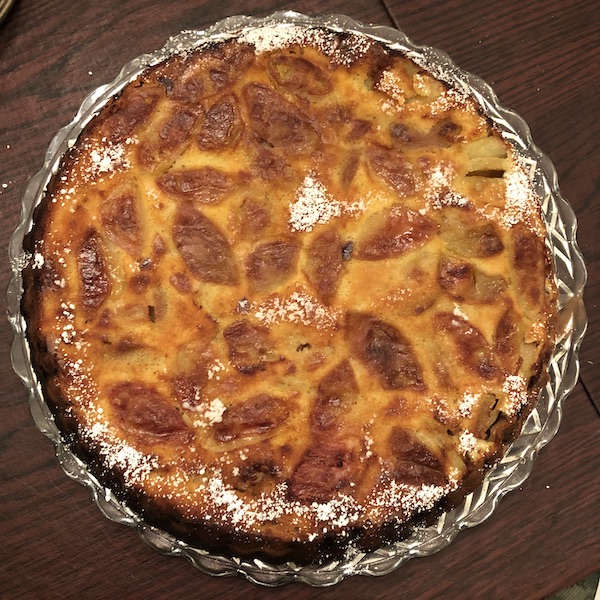
Sharlotka was created by legendary French chef, Marie Antoine Careme.” It was made in honor of the wife of Tsar Alexander I of Russia. Early names for this recipe was Charlotte a la Parisienne, and then became famous as Charlotte Russe. In fact, because of the confection, The Joy of Cooking notes, a charlotte has come to be defined as “a mousse corseted in ladyfingers or slices of cake or jelly roll and served unfolded.” The filling can be any mousse or pudding… but the best choices are stabilized with gelatin -already complex.

This may be why, as the original Charlotte à la Parisienne (with lady fingers) became popular, the home kitchen version needed to be far simpler. So, along with its new diminutive name, Sharlotka, today’s more rustic, Russian home version “apple pie,” has done away with both the complicated mousse filling and lady finger casing into an almost equally light, airy, almost chiffon-like cake. And the pared-down recipe for the modern day, more streamlined Sharlotka was also made economical plus fool-proof by home bakers during the frugal Soviet era.
Recipe for Sharlotka
This recipe is similar to @Table Conversion. It is from my Russian neighbor, Natalia. Other recipes increase the fruit and eggs. We found this one makes the fluffiest cake, and the fruit is sure to come to the top when turned out.
- 4 medium apples, sliced thin (we followed @table conversation and added loquats she offered).
- 3 eggs
- 1 cup white sugar
- 1 cup regular flour (sifted)
- Bread crumbs to coat the bottom of the pan. We used extra crunchy panko.
Sharlotka in the over (the apples still on the bottom)
Directions:
- Coat baking pan with butter. Sprinkle crumbs on the bottom (which will become the top after baking) Beat eggs and sugar (mixer is best, but can be done in blender or by hand) until white. Gradually add flour.
- Coat baking pan with butter, sprinkle crumbs on the bottom.
- Layer sliced apples (and any fruit being added) over the crumbs.
- Pour batter over the apples (making sure to cover apples as much as you can).
- Preheat oven to 400F. Bake for 45 min or until the matchstick inserted n the cake comes out clean.
- When cool enough, turn cake over onto a wire rack.
There are many versions of the home version this recipe, some still using lady fingers, others crushed cookies to emulate the original. It has evolved to a simpler cake recipe with ingredients that everyone has in their pantry. In Poland, this recipe is known as Szarlotka.
Barbara learned this recipe from Feride Buyuran. Barbara highly recommended her blog, where you can also find the recipe and a video on how to make it. The recipe is only slightly different from the one we used, which had one apple and one egg less, than the four and three we used — a useful ratio. //azcookbook.com/2017/11/17/apple-sharlotka/
My neighbor who grew up in Moscow, Natalia, was the most enthusiastic about this cake. An easy cake to whip up at the last minute when guests pop over unannounced for tea. Simple and unpretentious, a classic Russian dessert.
According to Natalia, “It’s a popular cake I think because it is so simple to cook and all the ingredients are always available in any store any time if the year. It’s funny, knew people who cooked it on gheir backpacking trips. I don’t think each family has their own recipes. There are definitely slight variations from household to household.
“Yes, I think people here are conditioned that pies are all they may ever desire. it’s wrong. Long live Sharlotka cake!,” she laughed.
Natalia added, “A round baking pan with hole in the middle works very well for this recipe. Any apple will work. I sometimes use Granny Smith to offset the sugar.”

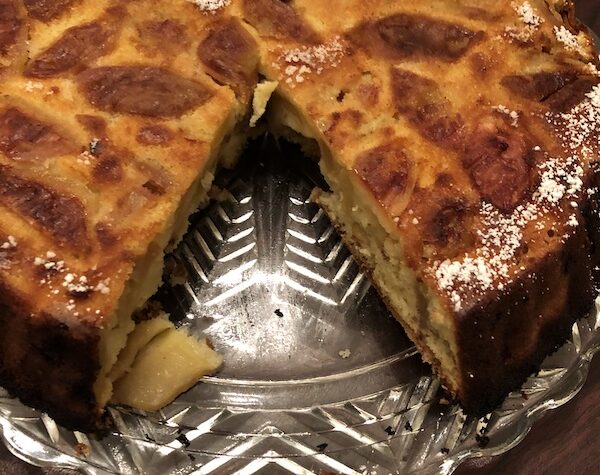
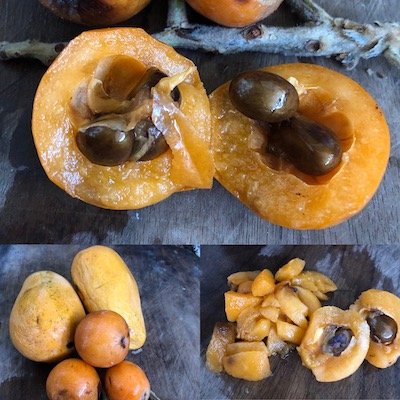
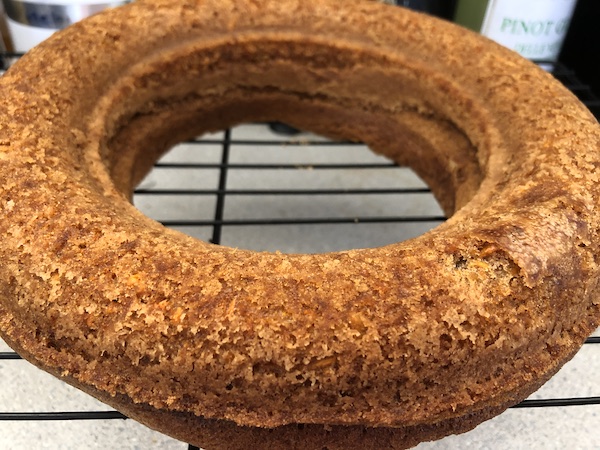

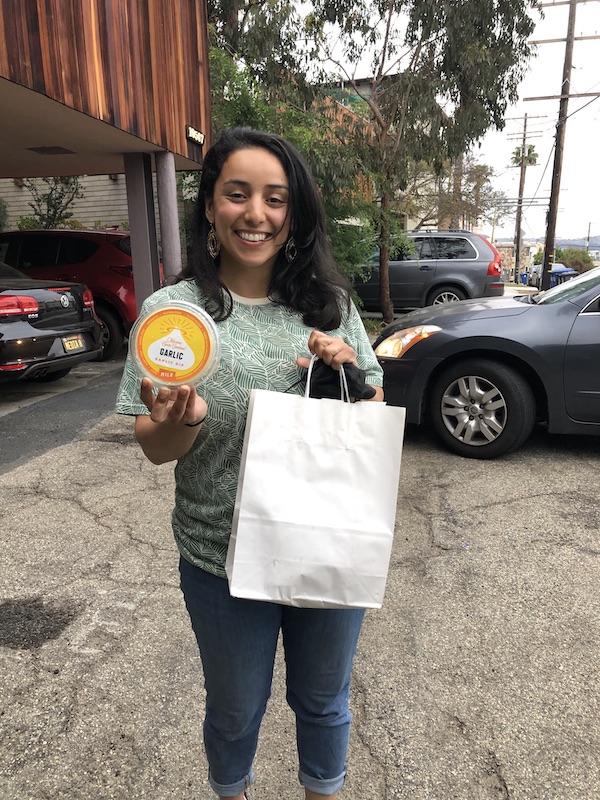
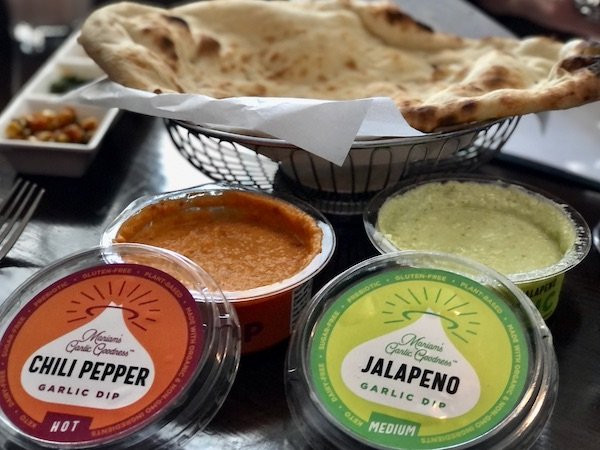

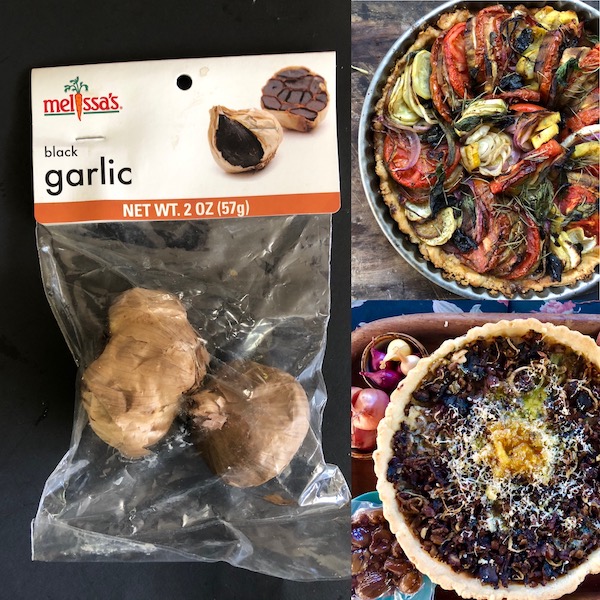
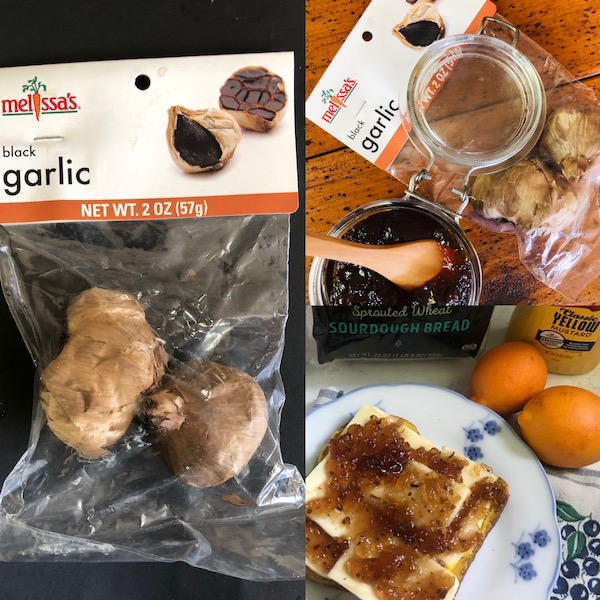



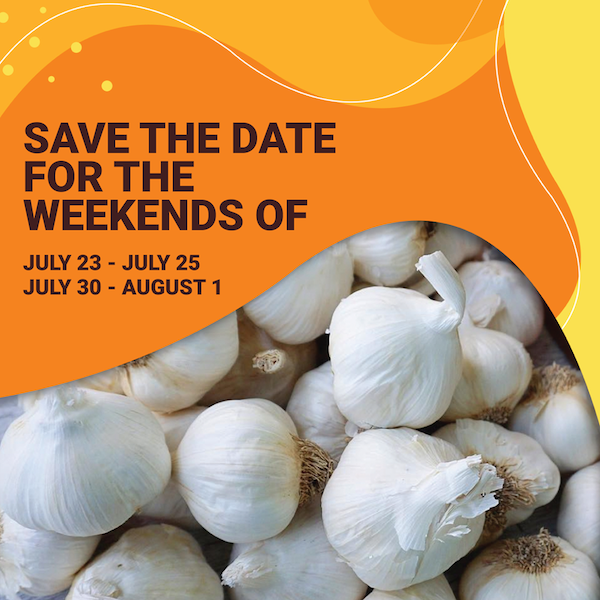
 Gerry Furth-Sides
Gerry Furth-Sides  Barbara Hansen
Barbara Hansen  Chef-owner Alain Cohen
Chef-owner Alain Cohen  Roberta Deen
Roberta Deen  Jose Martinez
Jose Martinez  Nivedita Basu
Nivedita Basu